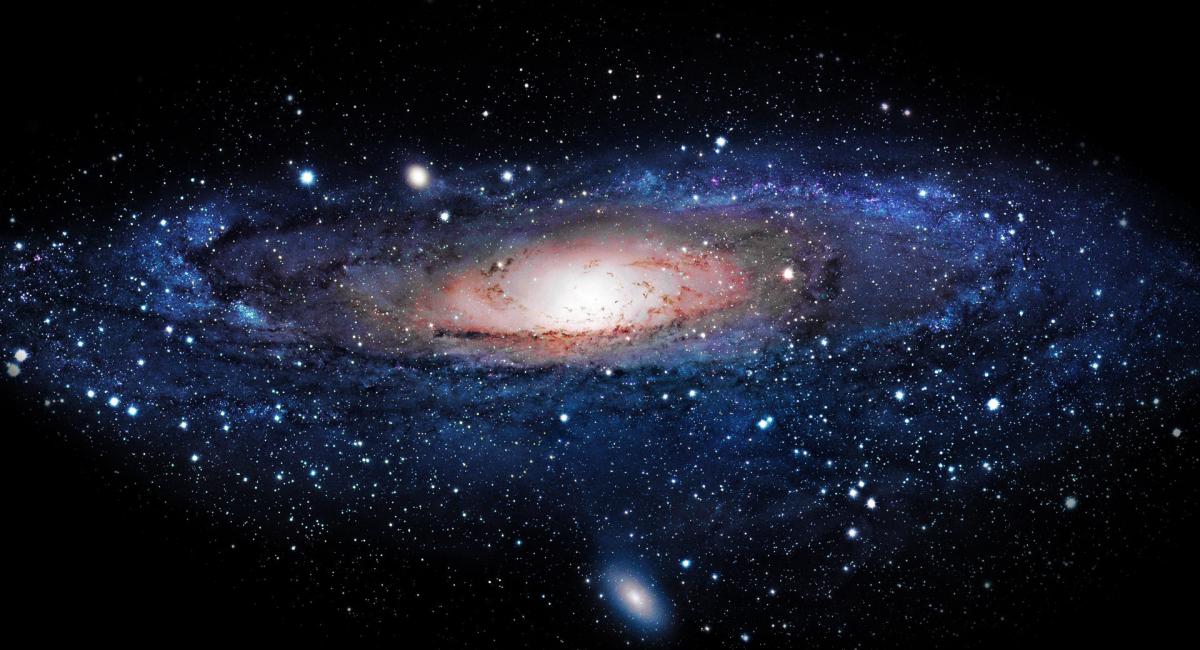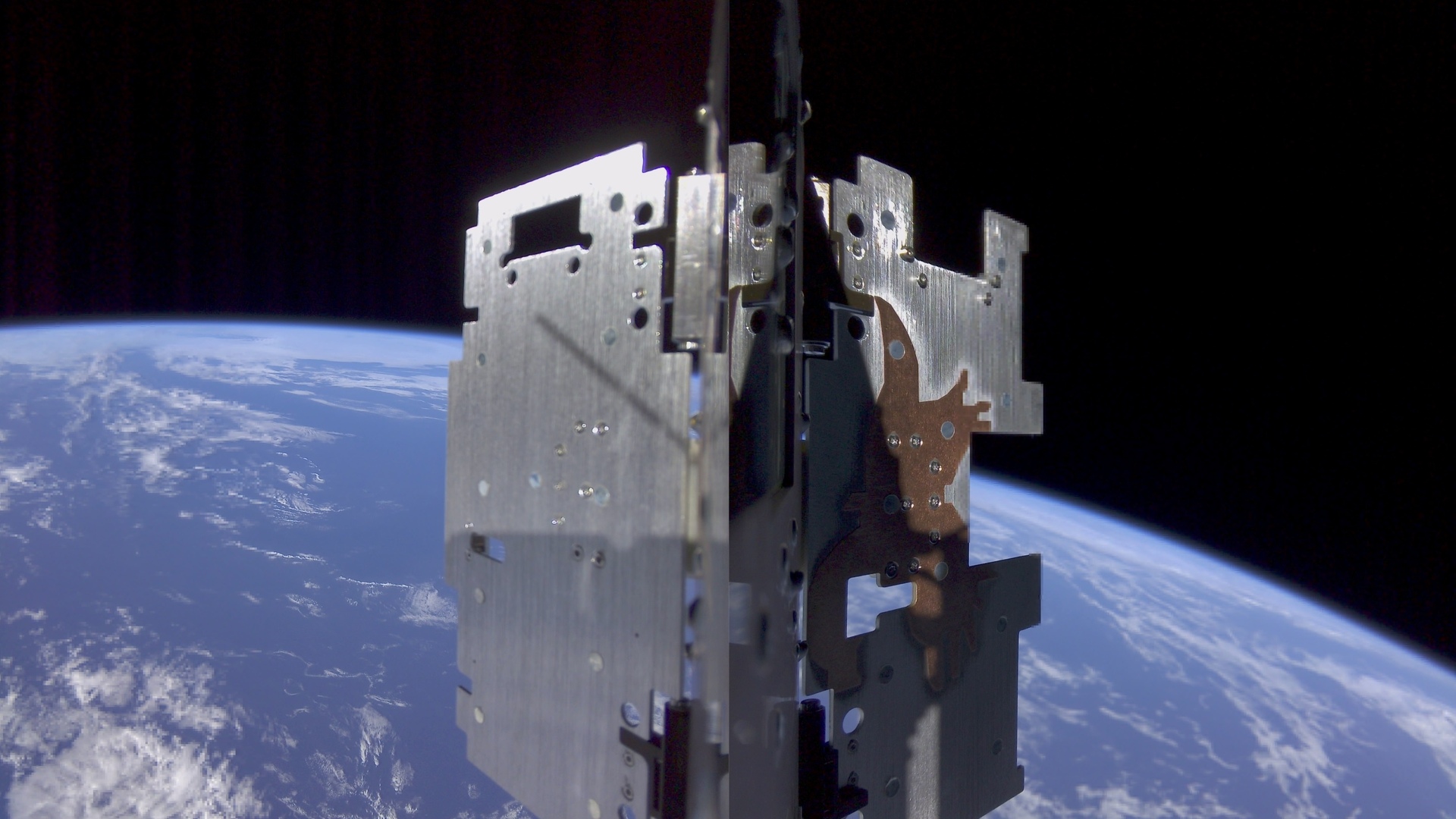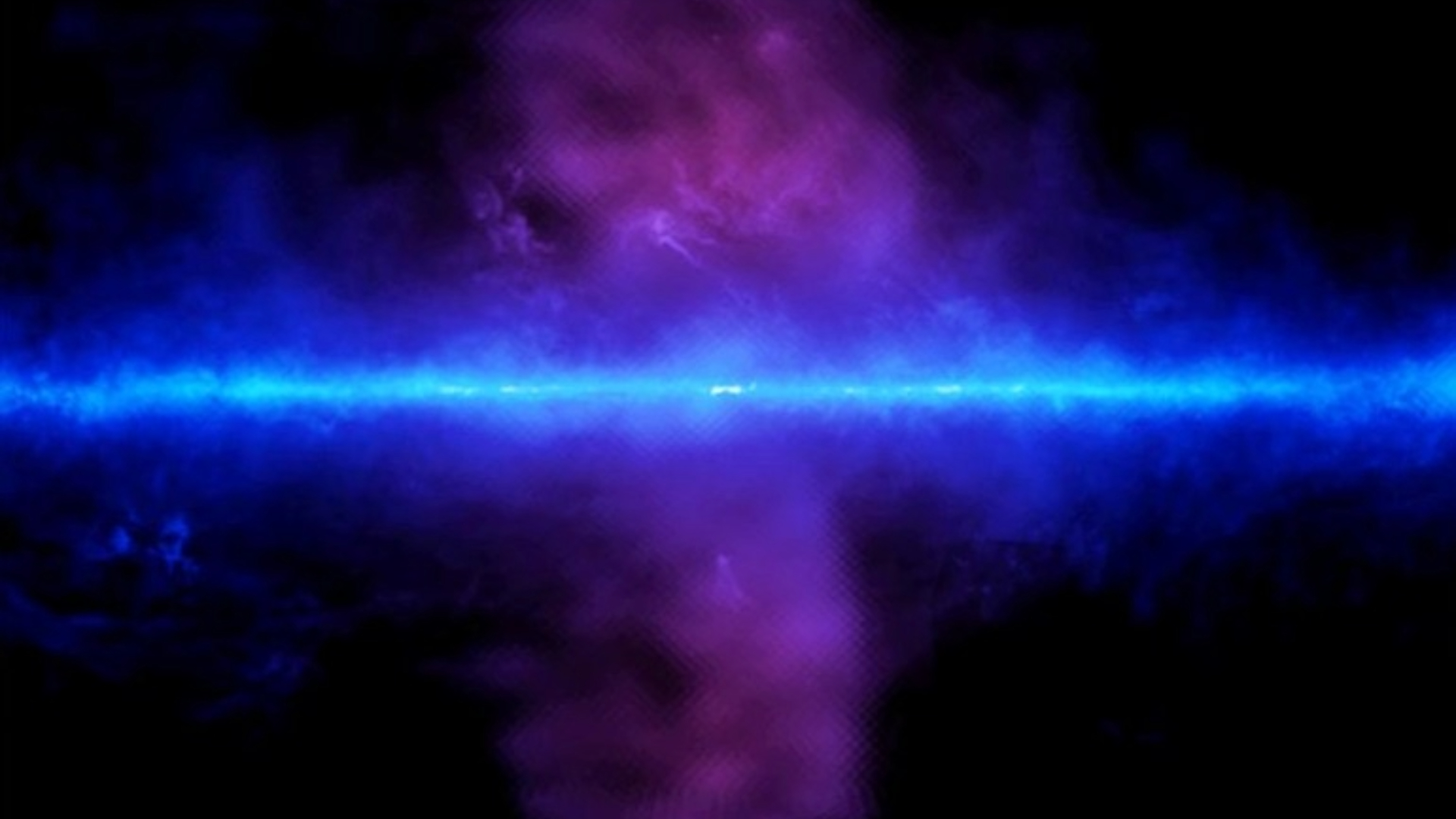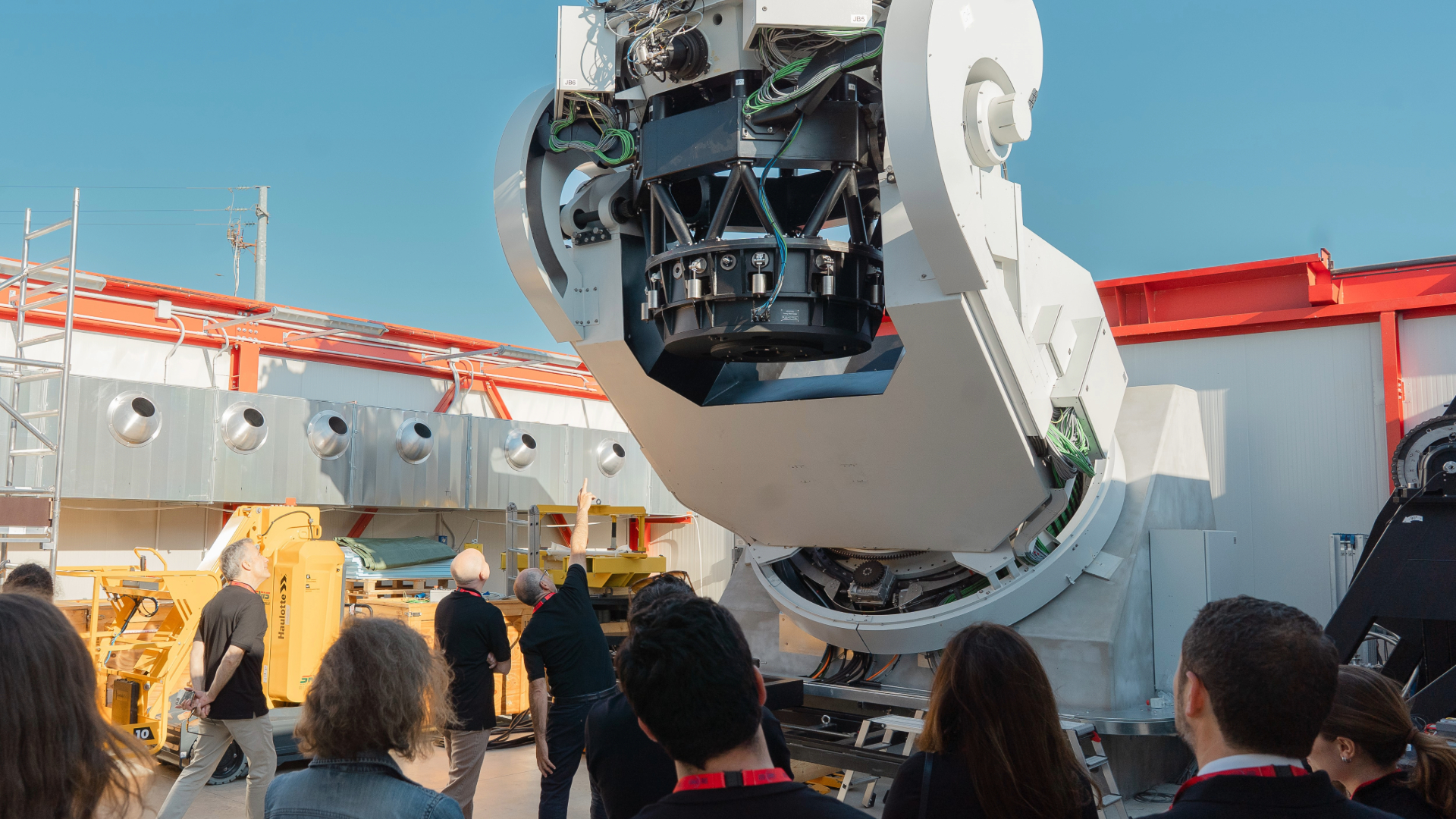The Memorandum was signed during the 76th edition of the International Astronautical Congress
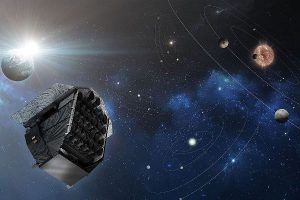
Subject line: search for extrasolar planets around bright stars
Responsibility of the mission: ESA
Date of launch: 2026
Description
PLATO (Planetary Transits and Oscillations of stars), is the third medium-class scientific mission selected by the European Space Agency in the framework of the ESA Cosmic Vision 2015-2025. Plato is a satellite equipped with 34 small telescopes, targeted at searching for extrasolar planets around bright stars. PLATO will detect the extremely small reduction of brightness of a star when a planet transits in front of it and will also be able to determine the radius of the planet and study the characteristics of the mother star.
Compared to similar missions which preceded it, PLATO will observe several planets around bright stars, for which it is possible to carry out complementary observations from Earth with the purpose of determining the mass of the planet and, subsequently, its density.
PLATO will be crucial to progress in the physics of exoplanets and star physics.
The mission is added to Solar Orbiter and Euclid, which were chosen in 2011 as the first ESA medium-class missions. Solar Orbiter will closely study the Sun, with the purpose of better understanding the phenomena characterising its nature and its cycles, while Euclid will investigate on the matter and dark energy composing the Universe.
Scientific goals
The main goal of the mission is identifying extrasolar planets similar to Earth, through the method of transit, and measuring the oscillations of stars around their orbit with the purpose of determining with unprecedented accuracy their mass, radius and age.
Italian participation
PLATO will give a prominent role to made-in-Italy science and technology, especially in the fields of optics and electronic systems. The Italian contribution is funded by the Italian Space Agency, which will also provide a segment of the data processing centre, is supervised by the ASI Science Data Center and sees the participation of Italian researchers, as regards both the PLATO Payload Consortium, which will be in charge of designing and developing the telescopes, focal plane instruments and electronics and on-board computers, and the PLATO Science Consortium, which will be in charge of assessing the mission performance and will supervise the preparation of the scientific programme. The responsible person for Italy is Giampaolo Piotto, from the Department of Astronomy of the University of Padua.
The 34 telescopes of PLATO were designed by the team coordinated by Roberto Ragazzoni, astronomer from the INAF – Observatory of Padua and professor of Optics at the University of Padua.

